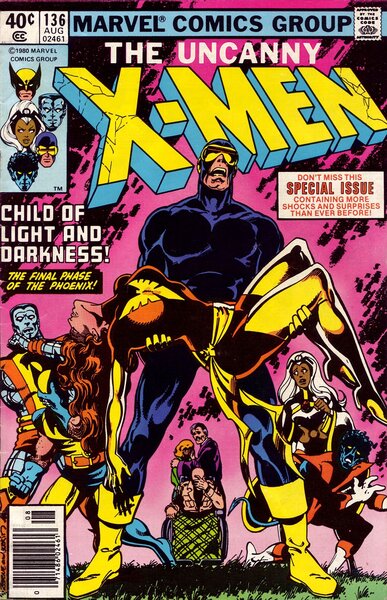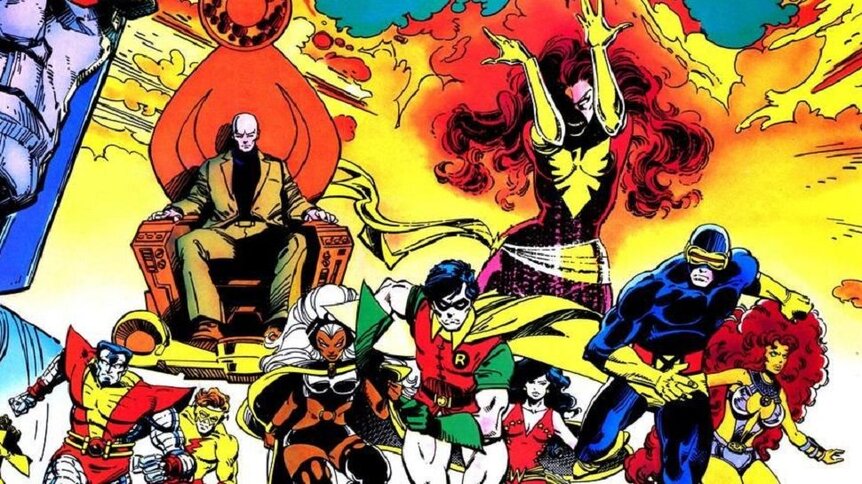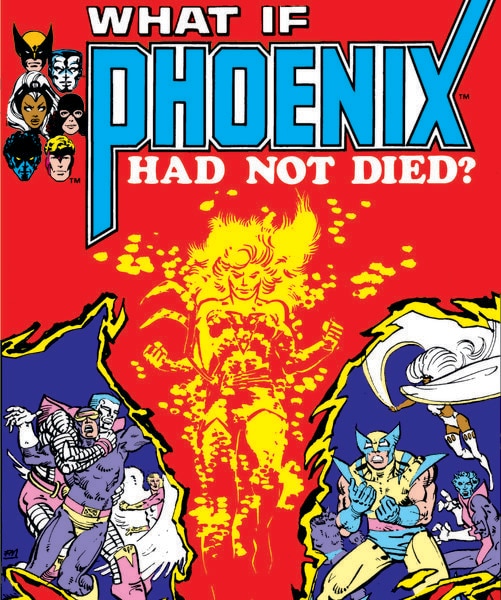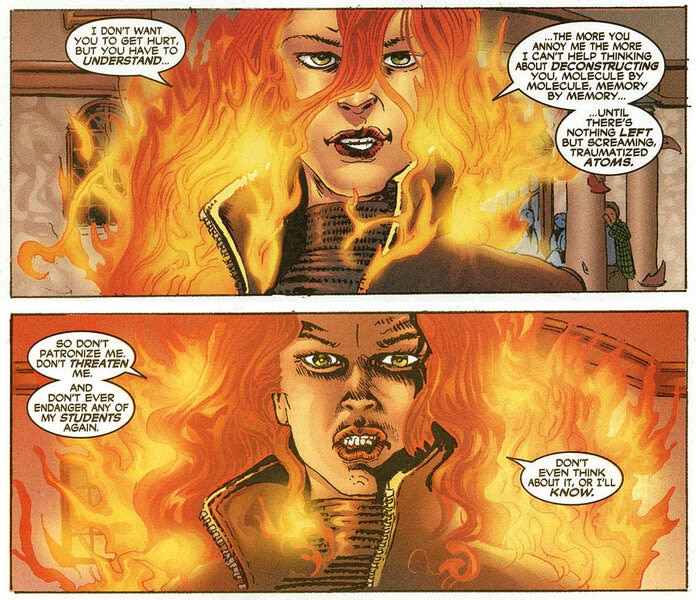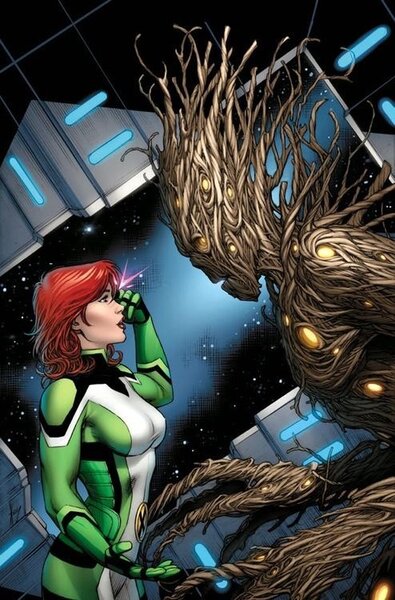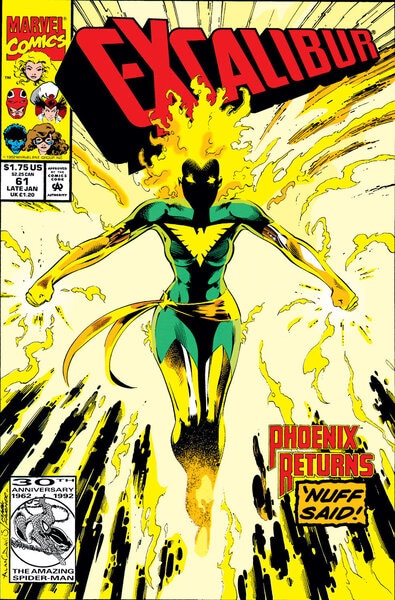Create a free profile to get unlimited access to exclusive videos, sweepstakes, and more!
A pull list for the Phoenix
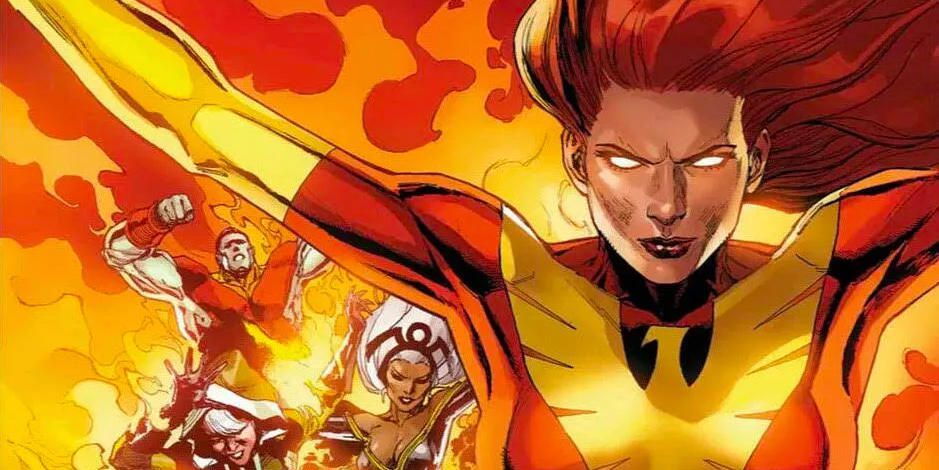
While the Phoenix Force is usually associated with Jean Grey in the comics — mostly due to the fact it’s been regularly ruining her life for quite a while now — it has been far from unique to her character. The Phoenix Force made its first appearance way back in Uncanny X-Men #101, and it has been causing all kinds of problems all over the Marvel Universe ever since.
One of the most confusing differences between X-Men comics and movies is that in the films Phoenix is treated as a mental manifestation of Jean’s, while in the comics the Phoenix Force is a separate, cosmic entity who serves as a source for all the psionic energy in the universe. While that explains its attraction to Jean Grey, possibly the most powerful telepath in the cosmos, it has actually changed hosts a number of times.
The Phoenix Sagas
Both the Phoenix Saga and the Dark Phoenix Saga are heralded as some of the best comics of all time, and with good reason. The X-Men had long been kicking around the Marvel Universe as fairly bland, overall directionless prep school kids until Giant-Size X-Men hit the stands and reimagined the concept for new audiences. Not only did this renew interest in the series, it brought us most of the stories we associate as being foundational for the X-Men.
The Phoenix took hold of Jean when she was in space attempting to save her teammates from being destroyed as their floundering spaceship re-entered Earth’s atmosphere. Though it is only one time that Jean Grey selflessly risked her life for those she cared about, it was the moment that the Phoenix appeared to her as her body was being ripped asunder and offered her a deal for life. Jean took it as she had no alternatives.
This story has been retconned extensively, but the long and the short of it is that, though none of us knew it until years later, Jean was trapped in a cocoon at the bottom of Jamaica Bay while the Phoenix mimicking Jean’s life form went on to be central to the Phoenix Sagas. Over the years, Phoenix went from being a force of good in the X-Men, giving us a Jean Grey who was confident and immensely powerful, to being very bad when she went rogue and nearly killed the Hellfire Club and the X-Men. In space, she extinguished millions of lives before the Jean Grey part of her persona was able to regain control, and that led to her being put on trial by the Shi’ar and being destroyed again.
These cataclysmic moments are obviously what this storyline is known for, but Jean’s initial pre-retcon transformation into the Phoenix went on for around three dozen issues, and the time period is considered not only important for the X-Men overall but for giving us a complex and emotionally intense take on Jean Grey we had not yet seen. Though the Phoenix was the beginning of many of Jean’s troubles in this life, it was also where she was born in some ways. Gone forever was the timid girl from the X-Men’s early years, and in her place was the fiery, passionate Jean Grey we’ve known ever since.
The Uncanny X-Men and The New Teen Titans
Intercompany crossovers seldom have strong effects on continuity, but this one certainly gave us a lot more insight as to what exactly the Phoenix was than we had before. In this, DC’s villainous Darkseid crosses the border between the Marvel and DC realities in order to take control of the terrifying power of the Phoenix Force. In hopes of recreating the Phoenix, he begins to steal the traumatic memories of the X-Men in order to better understand the Force.
When the Titans are alerted to Darkseid’s intentions, we discover that the extraterrestrial Starfire has pre-existing knowledge of the entity, as it is recognized throughout the universe as a world-devourer whose judgement decides what is useless or obsolete and seeks to destroy it, regardless of if that includes sentient creatures or not.
The Dark Phoenix is reborn, but her memories of her and Cyclops at the Western Mesa are missing, which causes her to remain incomplete and not fully at power. Xavier attempts to appeal to her once more, helping Phoenix to understand that she is being used by Darkseid, not for life but to help achieve his anti-life equation. As Phoenix is indeed intended to be a guardian of life even at her very worst and most flawed, this horrifies her, and she once again ends her own life rather than be used to bring more living things to their graves.
The What If...? Stories
The alternate realities imagined in What If…? might not make a ton of sense, but they were almost always a heck of a lot of fun. Though the concept varied wildly in terms of quality over its many years, the low-stakes, theoretical basis of the comic meant that writers were allowed to move around and do things that would never have been allowed in regular Marvel continuity. In What If…? #27, the question is asked: “What if Phoenix had lived?” The answer to that is that she would have continued accumulating a massive death toll until she met more or less the same end. In #79, the question becomes, "What if Storm had possessed the power of Phoenix?” Turns out she would just straight up freeze a bunch of poachers dead.
Through the series, the Phoenix pops up in some pretty unexpected places. These stories are out of continuity, but they ask some interesting questions, and they gave a broader view of the possibilities of the Phoenix Force years before writers started playing around with the concept in series like Warsong.
New X-Men
Grant Morrison’s run on X-Men is well-known for being one of their strangest time periods, showing us a world in which they became celebrities more akin to the Avengers despite the world’s inherent distrust of them. The story arcs also returned the Phoenix to the pages of X-Men after a lengthy break, which didn’t exactly do Jean Grey any favors.
Triggered by the emotional turmoil of losing the love of her life to another woman among other things, Jean began slowly referring to herself as the Phoenix and appearing engulfed in her own psionic flames. This was beyond bad news for the X-Men, obviously, as Jean had been fairly stable for some time and the Phoenix had been relegated to being another nightmare of their pasts.
As usual, when given the choice between awesome cosmic power that she couldn’t hope to control or death, Jean chose death. She again sacrificed herself as Phoenix began to slowly take control, thus vanishing from the comics for years. This was followed by Phoenix stories like Warsong and AVX in which the entity continued appearing without Jean Grey in the Marvel Universe, possessing others and refusing to return to its comparatively peaceful existence protecting the universe.
The Trial of Jean Grey
When the five original X-Men were brought back from the past into the present by Hank McCoy for incredibly dubious reasons, he found himself unable to send them back and they were thereby stranded in the current timestream. Of course, this included a young Jean Grey who had never encountered the Phoenix Force.
The alien Shi’ar had long distrusted the Phoenix Force, but that had only increased as they truly grew to understand its terrifying power during the Dark Phoenix Saga. Realizing that Jean Grey was back on Earth, they came for her, and put her on trial for the Phoenix’s sins. This Jean, however, had never merged with the Phoenix and was thus unfairly persecuted, and although she was forced to stare down the horror that was hanging over her head from the moment she had appeared in the present timeline, in true Jean Grey fashion she absolutely refused to go down without a fight.
Although this period isn’t exactly without its downsides for readers, it gave us of the most interesting character development for Jean that was completely unrelated to the Phoenix, and it also helped define what exactly she had lost. Seeing her come up with new variations on her powers and becoming more graceful and skilled in her own natural abilities without anyone to stifle them, this version of Jean actually had a chance to ascend to becoming a fully benevolent, extremely powerful character without the Phoenix’s influence, at all. This central tragedy of a young girl who never had a chance to be what she might have been was the emotional center of these new stories, and The Trial of Jean Grey represented that to its fullest.
Phoenix: The Resurrection of Jean Grey
In the Phoenix: Endsong crossover, Jean had gone to rest with the Phoenix Force during one of their myriad epic death scenes together. Having terrorized the X-Men for some time, Jean had taken control and forced Phoenix into submission, and they had passed into the afterlife, where she hoped to contain it. Obviously, this didn’t work long-term, but hey. She tried.
In Resurrection, it was once again decided that it was time to return Jean to the Marvel Universe. But first, it was important to establish where she had been, leading up to that point. She’d haunted the young Jean Grey throughout her self-titled series, warning her and trying desperately to give her younger self the ability to battle the Phoenix’s influence. When that was over, Resurrection began.
This series is interesting as it shows Jean caught in a sort of purgatory, repeating many of the same old mistakes though she envisions herself without powers and living a comparatively “normal” life as a server at a small diner. Admittedly, Jean will never lead an even remotely normal life, so there is a sense of tragedy to watching her play out this bizarre fantasy mixed into a nightmare for much of the series. On the other hand, this is another place where she attempts to finally separate herself from Phoenix, telling the entity that she has nothing left to gain from it and that it must leave her alone. Returning to life, this is what ushered in the era of Jean Grey that we saw in X-Men: Red, but it also returned the Phoenix to its role as protector of the cosmos rather than a destructive force.
Excalibur #61-67
The series Excalibur is pretty underrated on a whole, and a lot of the canon established in its pages has been ignored by most creators going forward. This is where much of Rachel Summers’ growth as a character occurred, though most of it has not ever been addressed outside of this series and Rachel in more recent appearances seems to have regressed significantly.
In Excalibur, we saw a Rachel who struggled to come to terms with her own power, and who had stopped allowing her troubled past dictate her actions going forward. She and Kitty Pryde flirted with each other and they were very close at this time, but Rachel’s primary interest was in working on herself and becoming a better person who merged with the Phoenix rather than fight it. Thus did Rachel become the one person to have successfully hosted the Phoenix with little struggle, a fact that is almost never brought up today as Rachel barely appears in Phoenix stories at all anymore. This era of Excalibur is very high on thriller and very low on filler, but it was in these issues specifically that we saw Rachel fully take hold of her past, her present, and her future in a way that was incredibly interesting and full of what is to date unfulfilled storytelling promise. In the end, this is probably the most positive portrayal of Phoenix.
